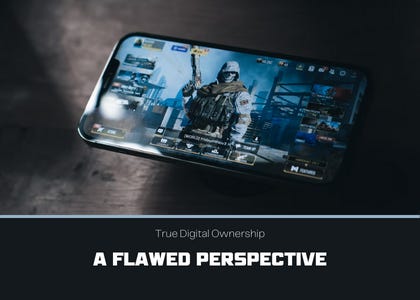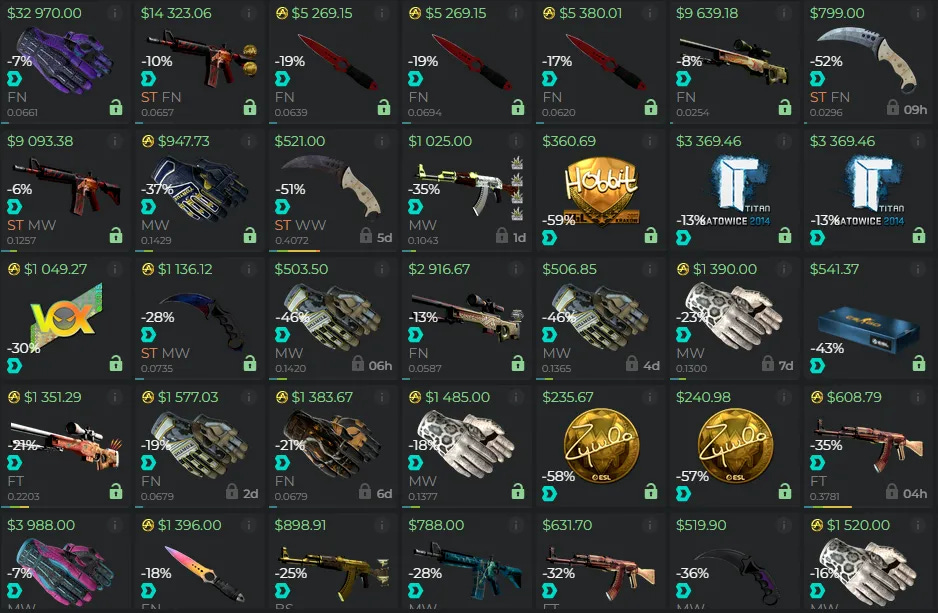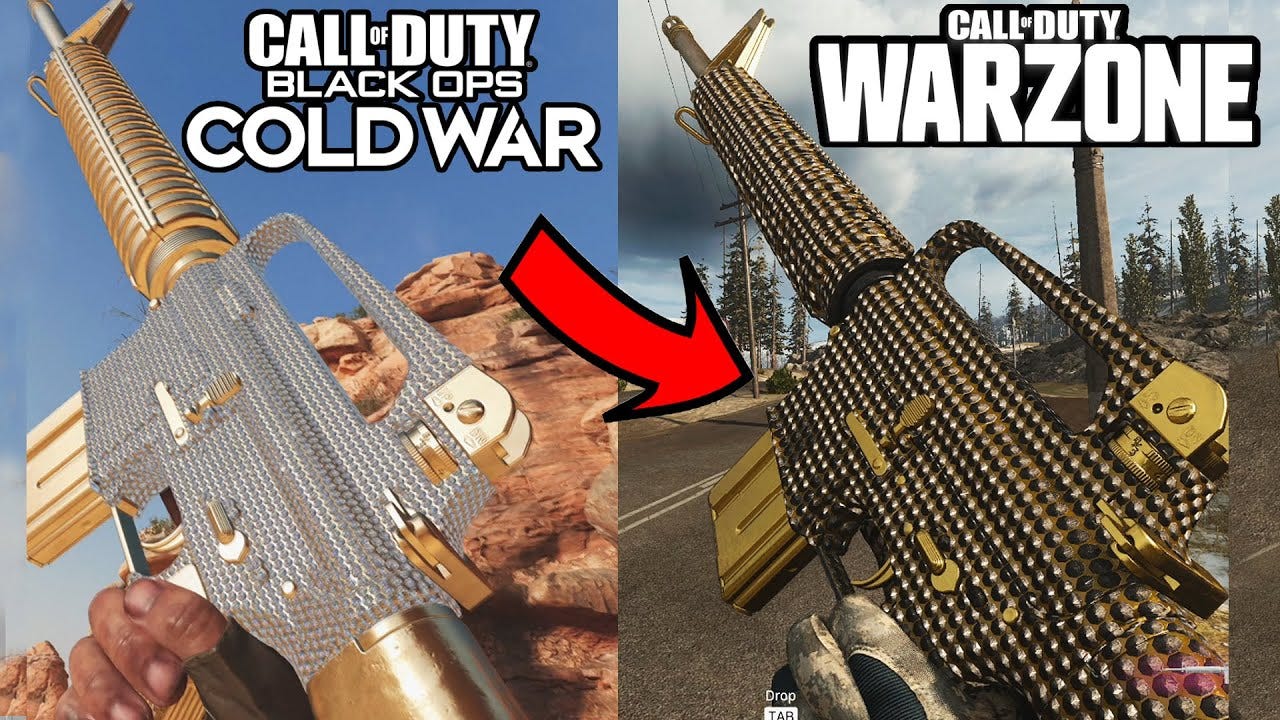Web3 Gaming: what advocates get wrong about true digital ownership
What is true digital ownership and why is the current approach flawed?
This article is for informational purposes only and should not be considered investment, trading, or legal advice. The views and opinions expressed herein are exclusively those of the author.
TLDR:
What is true digital ownership?
What are ownership-enabled use cases: open economies, provenance, interoperability
Web3 has a flawed view of true digital ownership
How to move forward
Blockchain gaming has soared in popularity in recent years1 as a primary gateway to onboard new users into the broader crypto ecosystem. The idea of combining blockchain elements within web2 games is believed to provide novel use cases to the already mature $200B+ industry. That being said, what is blockchain gaming, why is it perceived as revolutionary, and why now?
Blockchain games are video games that have decentralized properties through blockchain technology in the form of fungible or non-fungible tokens and/or store game data/logic on-chain. Due to the decentralized properties that blockchain inherently provides, combined with the rising popularity of the technology, web3 advocates believe the next generation of games will soon be blockchain-based.
However, there seems to be general confusion around the associated use cases that blockchain offers within games. This confusion primarily stems from founders, developers, users, and investors. One of the reasons for the confusion is the market currently lacks people with direct video game playing experience, resulting in a mass misunderstanding of what the current three billion web2 gamers value and care about. One use case that we feel web3 proponents overvalue is true digital ownership.
In this article, we will:
Define true digital ownership (common web3 advocate perspective)
Explain three ownership use cases (liquidity, provenance, & interoperability)
Illustrate common misunderstandings among Web3 advocates regarding true digital ownership in the context of the three use cases
Defining true digital ownership (Flawed web3 perspective)
True digital ownership refers to assets that can be bought, sold, and transferred freely without restriction on the blockchain. How is this different from assets in web2 games? Typically, in web2 games, users buy assets in a game and for the most part, can’t sell them back or trade them. An example of this is buying skins in Valorant because once purchased, you can’t trade those skins.
When assets are on-chain, users can trade the assets with anyone; users don’t have to play the corresponding game or even have it downloaded to take advantage of on-chain assets. If the game shuts down, the assets will remain in your wallet forever. Gamers now harness true digital ownership over their assets which is typically unseen in the web2 gaming ecosystem.
Why is this important?
True digital ownership is important because it allows gamers sovereignty over durable, on-chain assets. A few of these ownership-enabled use cases include open economies, provenance, and interoperability.
Let’s dive into each of them and understand why they are an important element for blockchain gaming.
Ownership-enabled use cases
Open Economies / Liquidity

What is it? By referencing open economies or liquidity, we are referring to games that enable secondary trading and the liquidation of assets in non-native tokens. This gives users access to free markets when managing their assets.
Why is it important? Since in-game assets live on-chain, user psychology in buying, holding, and selling has completely changed. Free-flowing assets enable gamers to transact under circumstances otherwise largely not offered in web2 gaming. For example, if we’re playing Lost Ark today and a new game like Ashes of Creation releases tomorrow, I can sell my Lost Ark character for tokens and sell those for dollars. This way, I can use that money toward the new game instead of reinvesting external capital.
Given this dynamic, web3 game developers need to think strategically as to which assets live on-chain vs off-chain. Further, publishers must consider the associated utility of on/off-chain assets to avoid pay-to-win mechanics and lack of immersion. This has happened in web2 games several times. For instance, the Diablo III real money auction house caused community mayhem because they financialized assets.2 Additionally, World of Warcraft (“WoW”) enabled store-bought mounts which caused community uproar. More on both of these cases later.
Studios building blockchain games today are still figuring out the ideal strategy of utilizing NFTs in-game and how they can add value to the consumer without deteriorating the intended gameplay experience.
Provenance
What is it? Provenance refers to tracking any and all history relating to an on-chain asset in an extremely transparent, intuitive manner. This is a benefit for gamers because they can use this level of transparency to their advantage when trading assets.
Why is it important? It’s important because provenance provides an additional layer of security that proves the authenticity of game assets and 3rd party networks (e.g. NFT marketplaces).
Within NFT marketplaces, users can track the on-chain origin of an asset to verify its authenticity. Further, users can use blockchain explorers like etherscan to validate assets and their histories. As you can imagine, leveraging an asset's trading history is powerful when deciding to buy or part ways with it.
Interoperability
What is it? We define interoperability as taking an asset from one ecosystem and utilizing it in another. Think of interoperability as porting your CS:GO skin into Valorant.
Why is it important? The idea of owning an on-chain asset and porting it to another game is attractive to many web3 advocates. Whether that asset is purely cosmetic or has some pre-defined in-game statistics will be up to the developer of the new game. By enabling interoperability, new games can leverage established game communities by providing cross-game asset utility. This would help new games with user acquisition and deeper cross-game monetization.
–
It’s clear that true digital ownership enables several consumer-friendly use cases. For gamers entering the web3 space, they may believe these use cases offer a leg up on the current web2 gaming ecosystem, and in turn, web2 communities will eventually adopt blockchain technology.
Now that we have a better grasp of how web3 gaming proponents discern true digital ownership, we would like to explain why web3 advocates have a flawed approach to true digital ownership, specifically through their stance on liquidity, provenance, and interoperability.
What web3 advocates get wrong about true digital ownership
Open Economies / Liquidity
True digital ownership is perceived as a paradigm shift within blockchain games because assets are on-chain, enabling open economies, right? Not quite.
Let’s take a step back and think about this for a moment. Do we believe there are 3 billion gamers in existence because games enable open economies? Obviously not. So why are there so many gamers? It’s probably because immersive gameplay allows gamers to feel a sense of escapism, enjoyment, relaxation, productivity, and /or competitiveness.3
Muddying this existing mentality with avenues to earn money creates a user base of inauthentic gamers playing for the wrong reasons. Inserting an element of optional financialization and extending the bad habit of monetizing everything, ruins the immersion and competitive aspects of games that many of us desire.
We saw this play out already in Diablo III’s real money auction house. While the auction house seemed like a great idea for users to trade assets, players lost interest in completing content and focused on flipping items. Players would acquire assets and hold them without utilizing them in-game, defeating the purpose of the asset’s origination in the first place. The auction house directly affected gameplay and changed the psychology around handling assets.
It’s important to note that open economies are not unique to web3. Games such as CS:GO have facilitated secondary market transactions for in-game skin assets such as guns, knives, gloves, and stickers. A common counterargument from web3 advocates is that Steam is a closed economy and restricts users from cashing out to USD. While true, we would argue that CS:GO users increasingly prefer trusted third-party sites like Dmarket and Skinport which not only enable open economies but removes the $1,800 item listing cap from Steam.4
Source: DMarket.com
Provenance
While we agree provenance is a useful feature offered by blockchain, provenance lacks demand from the web2 gaming side. This brings us back to solving a problem that doesn’t exist in the games we grew up playing and love. Take MMORPGs for example. Much of the fun was looting, gathering, and crafting materials after defeating a challenging raid or dungeon boss in order to develop an item into a rarer piece. The gameplay not only backed the development of the item but kept the player immersed. Lost Ark does a good job of backing item development through gameplay because players must complete dungeons + guardian raids to collect engraving books, ability stones, and accessories to upgrade gear.
Introducing provenance in this example through on-chain assets would change how players interact with this gameplay. Players would track on-chain metrics like item scarcity and crafting success rates to determine if the associated gameplay was worth their time, ultimately leading to a lack of immersion and natural loot discovery.
Look at WoW. WoW has a model where players can earn mounts through dungeons, quests, and raids.5 Alternatively, players can purchase different mounts through the store. Mounts obtained through gameplay are viewed as more valuable and the players owning them are respected. Whereas store mounts are viewed as inauthentic and less valuable.
The point here is that obtainable mounts are embedded within immersive gameplay that formed social bonds through triumphant experiences and achievements. If you see 15 different obtainable mounts, players can point back to when, where, and how those mounts were obtained.
Another type of provenance is unique provenance. An example of this is SteamID’s. These identifiers started from #1 and are now 17 digits long, depending on when you created your account. In the early days of Counter-Strike, people deeply cared about these ID’s. In almost every match we played, we had a natural habit to check our opponent's ID’s to see if they were going to be good. If someone was really good but the ID was high, they were perhaps cheating or smurfing. Today? Psychology has changed and checking ID’s is not a thought.
ID’s were neat when the community was getting started (e.g. blockchain gaming) but over time, no one cares. The same goes for web3 advocates who believe owning a 1/1 skin from a great esports moment is desired among the majority of players. Listen, if there are 1,000 blue gun skins in the store and one of those is used in a big esports moment, rarely is someone seeking out that 1/1000 skin.
Interoperability
Interoperability is an interesting use case in web3 because it seems to be a commonly desired phenomenon that is largely not present in traditional gaming. Taking your assets and moving them from game to game to achieve a heightened sense of singular ownership is an outside-looking-in approach to attracting web2 gamers into web3.

To follow the example previously mentioned of putting CS:GO skins in Valorant, we are assuming that Valve + Riot would reach an agreement to facilitate this. What is in it for Riot? Will Riot use Valve’s intellectual property to sell CS:GO skins and take a cut of the sales? It doesn’t make much sense. We are assuming competing publishers will allow this due to web3’s ethos of decentralization and inclusivity.
Outside of game publishers, web3 is different because there are pockets of standalone communities with NFT collections. These communities desire additional utility for their assets and gaming is a logical step in that direction. Adding NFT avatars within gameplay in a cosmetic manner (similar to Fortnite crossover IP) can work, but it’s not the reason why someone would play a blockchain game in the first place. We would argue this adds more value to the corresponding NFT community, rather than the game itself.
Cosmetically, it is worth mentioning that an asset can look attractive in one game and mediocre in another. This occurred when Call of Duty: Black Ops Cold War ported weapons and skins into Call of Duty: Warzone. Not great - I wish I didn’t spend the time achieving this.
Source: LegoUnlocked
On an attribute level, in an MMORPG, how does a sword from WoW port over to New World? Developers will need to assign attributes to the associated item that corresponds to and aligns with the current meta of the game. For example, if a sword has amazing stats in WoW but not so great in New World, how does this varying in-game utility affect the sword’s appraisal? Alternatively, if a helmet has worse stats in WoW and better stats in New World, how does that affect the price? Perhaps it depends on which game is more valuable to the player and the associated asset utilities. In conclusion, there is a broader dynamic at play here when items are not cosmetic-based and directly influence gameplay.
Final Thoughts
We believe that the current outlook on digital ownership by web3 advocates is flawed. While we do believe there are several beneficial use cases for blockchain in video games, we disagree on how ownership-enabled use cases will play a role in attracting web2 gamers to web3-enabled games.
Web2 gamers fundamentally disagree with web3 proponents on open economies, provenance, and interoperability. Aside from these three use cases having an overwhelming lack of demand, open economies over-financialize games, provenance overanalyzes assets, and interoperability doesn’t make games great. The problem is that web3 advocates fail to understand what web2 gamers value. We believe the right path forward is to stop assuming, and instead, ask what web2 gamers value in video games.
We also believe that web2 gamers are open to some aspects of blockchain in video games, but the games must be more mechanically polished and truly add value to the overall experience. The question should not be how can we 'flip as many gamers to web3 as possible’ because it creates an unnecessary battle of 'Us versus Them'. Instead, web3 proponents should focus more on analyzing web2 games, identifying actual problems, and constructing ways to create a better overall user experience. This is a far more genuine approach than the current one. This is the sequel way.
Until Next Time
Want to continue the conversation? Feel free to reach out to us on Twitter (Sloan & Tyler Matses), or on LinkedIn (Sloan & Tyler Matses). We would love to hear from you and chat about all things video games!
https://www.coindesk.com/tech/2022/04/20/blockchain-gaming-usage-explodes-2000-in-a-year-dappradar/
https://www.polygon.com/2013/4/4/4180398/diablo-3-real-money-auction-house
https://www.sekg.net/gamer-psychology-people-play-games/
https://skinport.com/blog/looking-to-buy-csgo-skins/
https://www.wowhead.com/guides/riding-skill-mounts-vendor-locations-warcraft#:~:text=There%20are%20many%20ways%20to,)%20rare%20mobs%2C%20and%20more.








Thank you for checking out our piece!
Let us know what your opinion is on true digital ownership.
What would you like to see covered in the future?